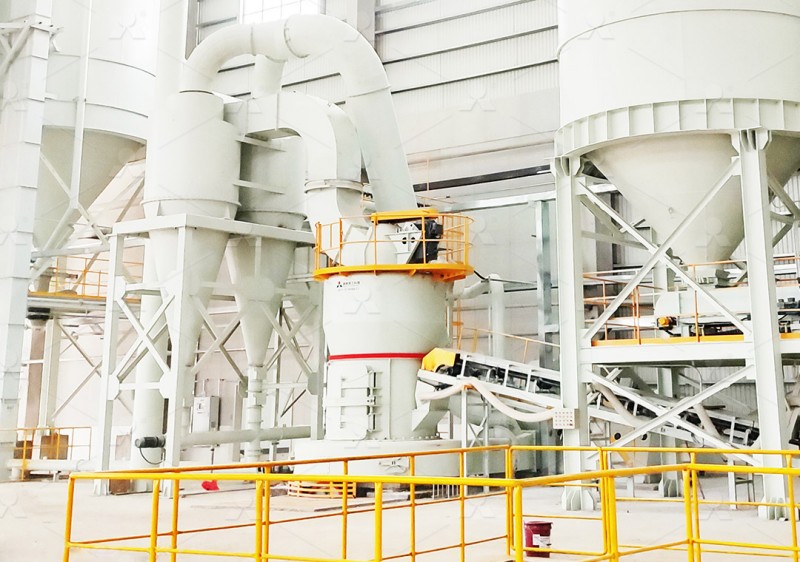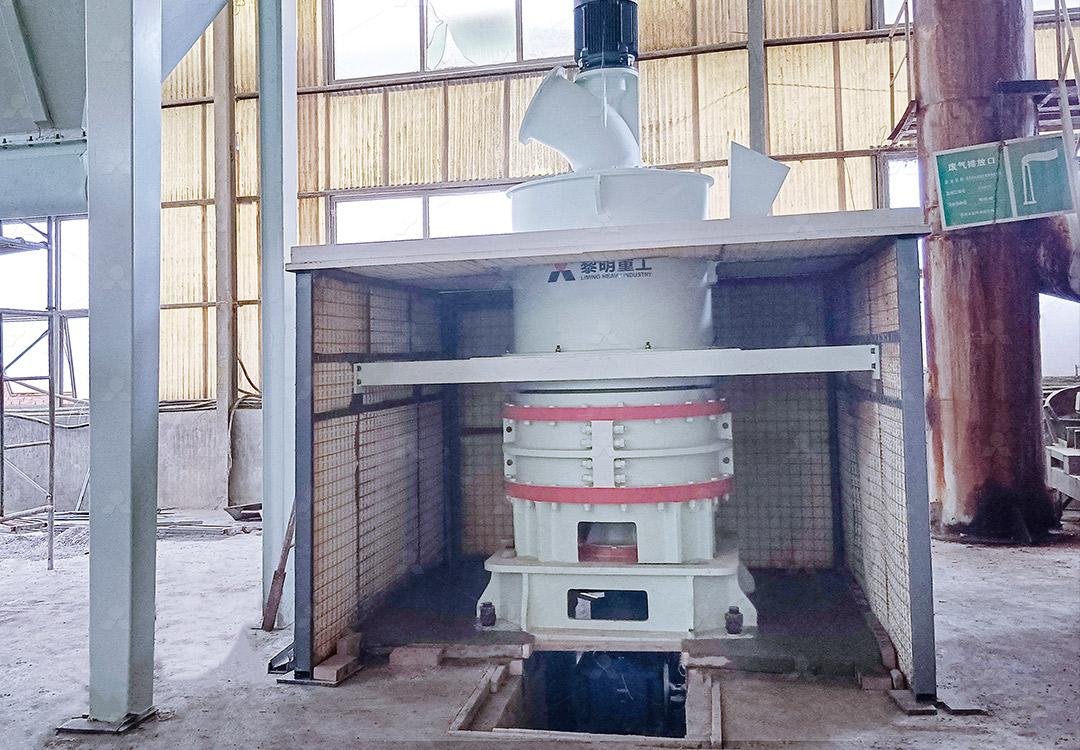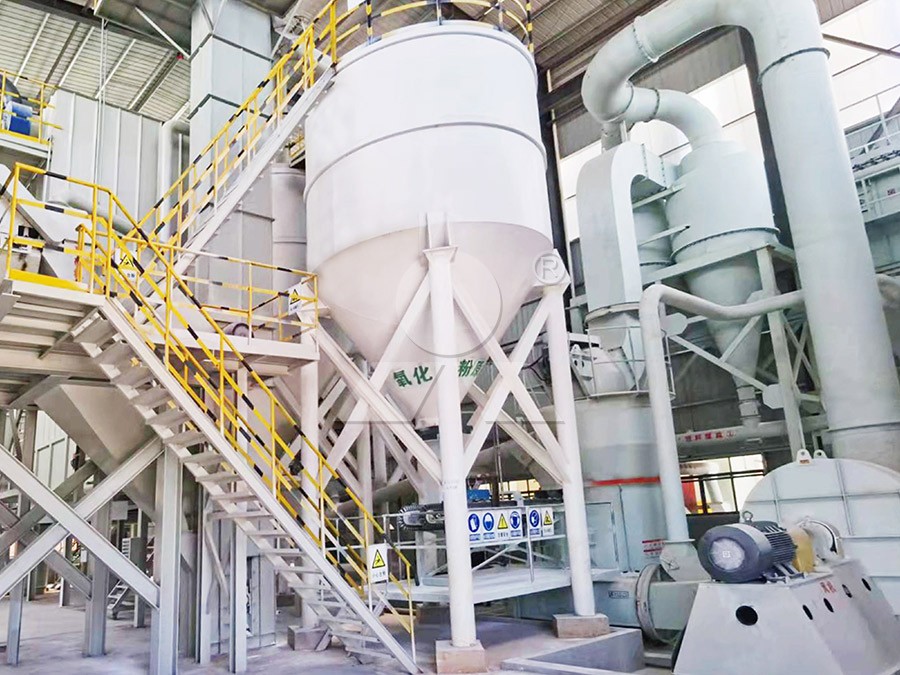Difference Between Grinding and Milling in Mineral Processing
We provide a wide range of mills — including Raymond mill, trapezoidal mill, vertical mill, ultrafine mill, and ball mill, obtained ISO9001 international quality certification, EU CE certification, and Customs Union CU-TR certification. Suitable for processing minerals such as limestone, phosphate, quicklime, kaolin, talc, barite, bentonite, calcium carbonate, dolomite, coal, gypsum, clay, carbon black, slag, cement raw materials, cement clinker, and more.
The discharge range of these mills can be adjusted to meet specific processing needs, typically from 80-400 mesh, 600-3250 mesh, and can achieve the finest particle size of up to 6000 mesh(D50).
If you are looking for a reliable grinding solution to turn stone or minerals into fine powder, please feel free to contact our online customer service.
Difference Between Grinding and Milling in Mineral Processing
In the mineral processing industry, the terms “grinding” and “milling” are often used interchangably, but there are some subtle yet important distinctions between the two unit operations. While both are size reduction processes, they differ in their mechanisms, applications, and the equipment used. Understanding these differences is crucial for selecting the right technology for a specific ore and liberation requirement.
Defining the Processes
Grinding is a more specific term that typically refers to the reduction of materials into very fine or even ultra-fine powders. It often implies a finer final product size compared to general milling. The primary forces at work are abrasion and attrition, where particles are worn down by the rubbing action between two surfaces or by the collision with other particles. It’s the final stage of comminution, focused on achieving the necessary mineral liberation for effective separation.

Milling is a broader term that encompasses a range of size reduction operations. It can include coarse crushing, intermediate grinding, and even fine pulverization. The mechanisms involved can be impact, compression, or a combination thereof. In many contexts, “milling” is used as a catch-all phrase for any process that breaks down solid materials into smaller pieces.
Key Operational and Equipment Differences
The equipment chosen often dictates the process. Ball mills and rod mills are classic examples of grinding mills, where the ore is mixed with water and tumbled with steel balls or rods to achieve fine particles through abrasion. For ultra-fine grinding, specialized equipment like our MW Ultrafine Grinding Mill is engineered to produce powders between 325-2500 meshes. This machine is a perfect example of dedicated grinding technology, designed for customers who need to make ultra-fine powder. It features higher yielding and lower energy consumption, with a production capacity 40% higher than jet mills. Its unique design, with no rolling bearings or screws in the grinding chamber, eliminates common failure points and allows for worry-free, 24/7 operation.

On the other hand, milling might involve equipment like hammer mills (impact) or jaw crushers (compression) for coarser tasks. Even within finer applications, a machine like our LUM Ultrafine Vertical Grinding Mill showcases advanced milling technology. Integrating grinding, grading, and transporting, it uses the latest roller and powder separating technology for efficient processing of materials like limestone and calcite down to a superfine dry powder. Its reversible structure makes maintenance significantly easier, addressing a common challenge in fine size reduction operations.
Choosing the Right Process
The selection between a grinding-dominant or milling-dominant process depends on the feed size, desired product size, ore characteristics (hardness, abrasiveness), and downstream processing requirements. Fine and ultra-fine grinding is energy-intensive, so it’s only employed when necessary for liberation. Coarser milling stages are designed to do the heavy lifting of primary size reduction at a lower cost per ton.

In summary, all grinding is a form of milling, but not all milling is fine enough to be considered grinding. Grinding is the precision-oriented, final touch in the comminution circuit, aiming for liberation, while milling is the broader category covering the entire journey from rock to powder. For operations requiring the finest powders with high efficiency and reliability, our MW Ultrafine Grinding Mill provides an industry-leading solution, capably handling everything from limestone to talc for sectors ranging from chemicals to food additives.
